Year 2
The English curriculum is built around the three interrelated strands of language, literature and literacy. Teaching and learning programs should balance and integrate all three strands. Together, the strands focus on developing students' knowledge, understanding and skills in listening, reading, viewing, speaking, writing and creating. Learning in English builds on concepts, skills and processes developed in earlier years, and teachers will revisit and strengthen these as needed.
In Year 2, students communicate with peers, teachers, students from other classes and community members.
Students engage with a variety of texts for enjoyment. They listen to, read, view and interpret spoken, written and multimodal texts in which the primary purpose is to entertain, as well as texts designed to inform and persuade. These encompass traditional oral texts, picture books, various types of print and digital stories, simple chapter books, rhyming verse, poetry, non-fiction, film, multimodal texts, dramatic performances and texts used by students as models for constructing their own work.
The range of literary texts for Foundation to Year 10 comprises Australian literature, including the oral narrative traditions of Aboriginal and Torres Strait Islander Peoples, as well as the contemporary literature of these two cultural groups, and classic and contemporary world literature, including texts from and about Asia.
Literary texts that support and extend Year 2 students as independent readers involve sequences of events that span several pages and present unusual happenings within a framework of familiar experiences. Informative texts present new content about topics of interest and topics being studied in other areas of the curriculum. These texts include language features such as varied sentence structures, some unfamiliar vocabulary, a significant number of high-frequency sight words and words that need to be decoded phonically, and a range of punctuation conventions, as well as illustrations and diagrams that support and extend the printed text.
Students create a range of imaginative, informative and persuasive texts including imaginative retellings, reports, performances, poetry and expositions.
(source: www.australiancurriculum.edu.au)
Achievement Standard
Receptive modes (listening, reading and viewing)
By the end of Year 2, students understand how similar texts share characteristics by identifying text structures and language features used to describe characters and events, or to communicate factual information.
They read texts that contain varied sentence structures, some unfamiliar vocabulary, a significant number of high-frequency sight words and images that provide extra information. They monitor meaning and self-correct using knowledge of phonics, syntax, punctuation, semantics and context. They use knowledge of a wide variety of letter-sound relationships to read words of one or more syllables with fluency. They identify literal and implied meaning, main ideas and supporting detail. Students make connections between texts by comparing content. They listen for particular purposes. They listen for and manipulate sound combinations and rhythmic sound patterns.
Productive modes (speaking, writing and creating)
When discussing their ideas and experiences, students use everyday language features and topic-specific vocabulary. They explain their preferences for aspects of texts using other texts as comparisons. They create texts that show how images support the meaning of the text.
Students create texts, drawing on their own experiences, their imagination and information they have learnt. They use a variety of strategies to engage in group and class discussions and make presentations. They accurately spell words with regular spelling patterns and spell words with less common long vowel patterns. They use punctuation accurately, and write words and sentences legibly using unjoined upper- and lower-case letters.
(source: www.australiancurriculum.edu.au)
- Plus Plan
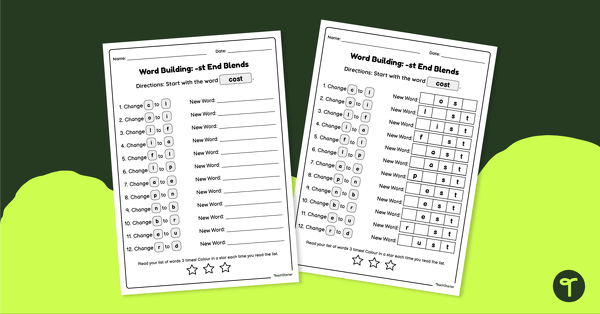
Word Chain Worksheet - End -st Blends
Create word chains by manipulating the individual phonemes in words with this differentiated word-building worksheet.
- Free Plan

Pixel Art Syllable Types
Consolidate understanding of syllable types with these appealing worksheets.
- Plus Plan

Alphabet Letter Match
A fun match-up activity to consolidate your students' knowledge of uppercase and lowercase letters.
- Free Plan
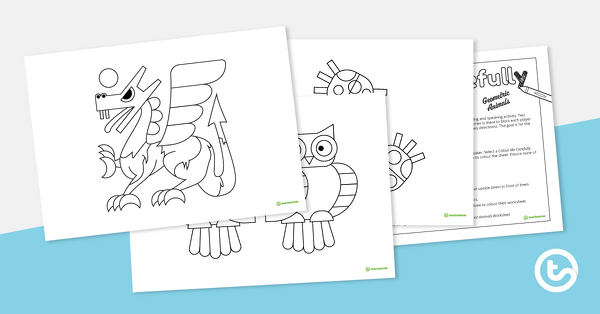
Colour Me Carefully – Geometric Animals – Worksheets
A set of four colouring pages to be used as speaking and listening activities.
- Plus Plan
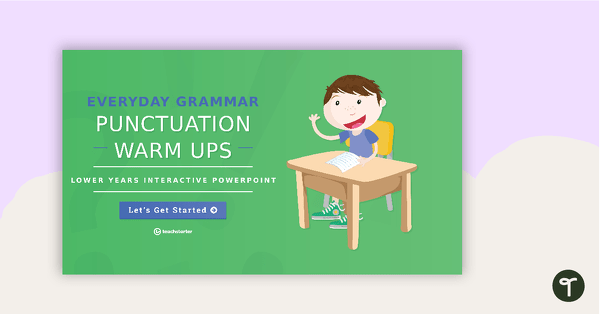
Everyday Grammar Punctuation Warm Ups - Lower Years Interactive PowerPoint
An engaging 44 slide interactive PowerPoint to use in the lower years classroom when learning about grammar and punctuation.
- Plus Plan
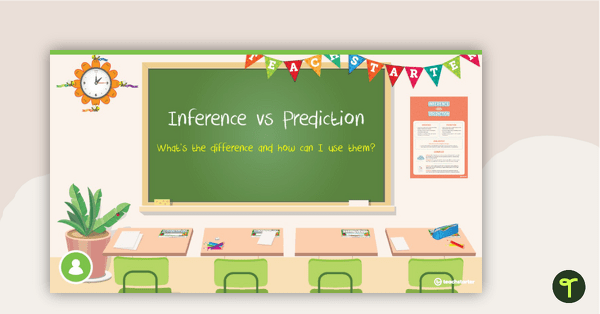
Inference vs Prediction - Presentation
A teaching presentation outlining the similarities and differences between inference and prediction.
- Plus Plan
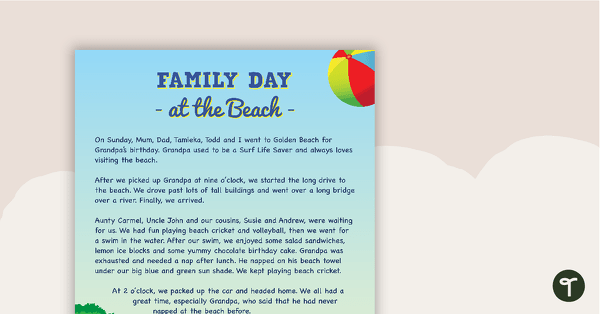
Comprehension - Family Day At The Beach
A comprehension activity using a recount for lower grades.
- Free Plan
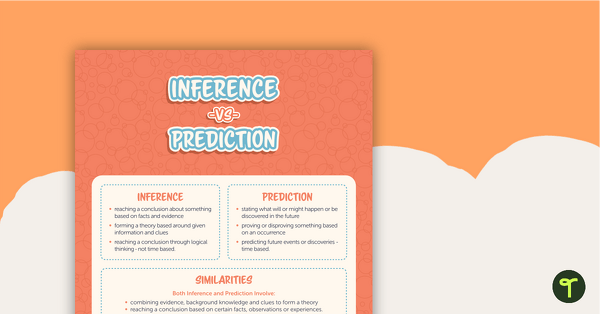
Inference vs Prediction Poster
A poster outlining the similarities and differences between inference and prediction.
- Plus Plan
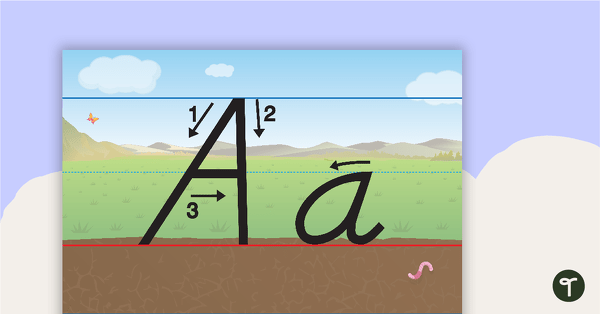
Handwriting Posters - Dirt, Grass and Sky Background With Arrows
Handwriting posters using a dirt, grass and sky background with arrows.
- Plus Plan
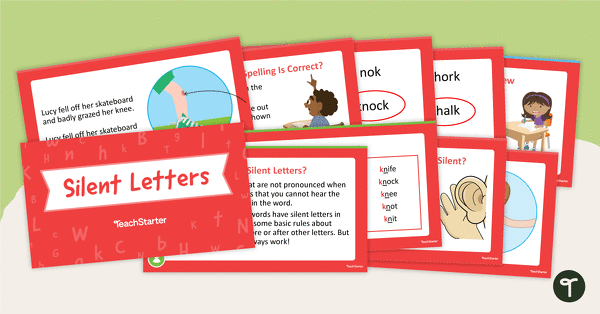
Silent Letters PowerPoint
A 24-slide editable PowerPoint template explaining the concept of silent letters.
- Plus Plan
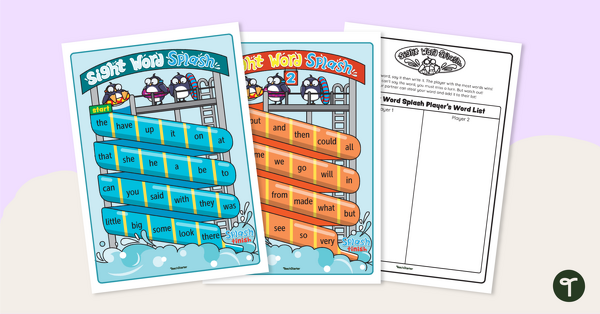
Sight Word Splash Game
Use this collaborative partner game to allow your students to practise reading and writing some of the most common high-frequency words.
- Plus Plan
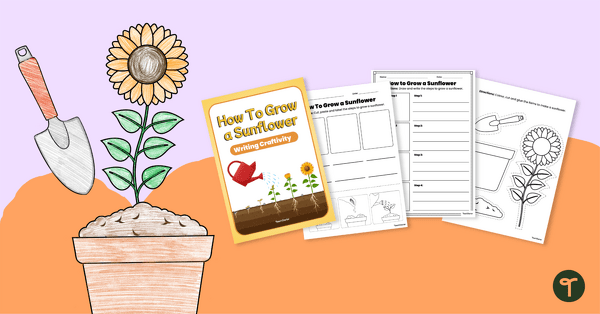
How to Grow A Sunflower – Procedural Writing Craftivity
Use this printable sunflower craft template to teach your students all they need to know about procedural writing!
- Plus Plan
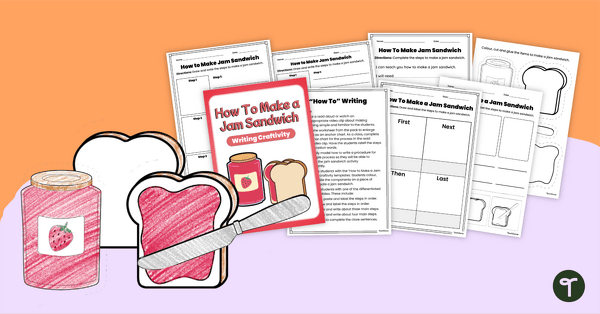
How to Make A Jam Sandwich – Procedural Writing Craftivity
Teach your students all they need to know about procedural writing by exploring how to make a jam sandwich!
- Plus Plan
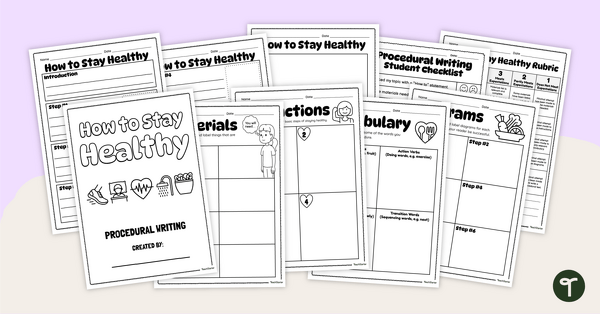
How to Stay Healthy – Procedural Writing Project
Get your students writing high-quality procedure texts with this fun “How to Stay Healthy” procedural writing project.
- Plus Plan
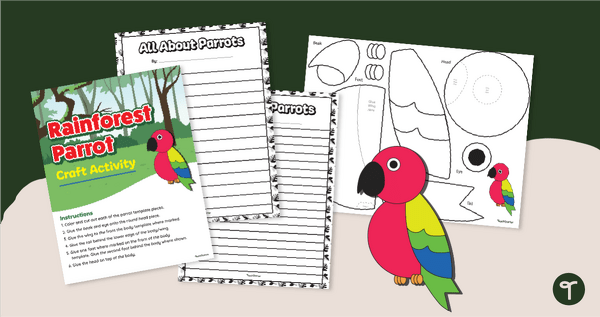
Rainforest Bird Craft & Writing Template
Pair a fun bird craft and informational writing to create a fun jungle-themed classroom display.
- Plus Plan
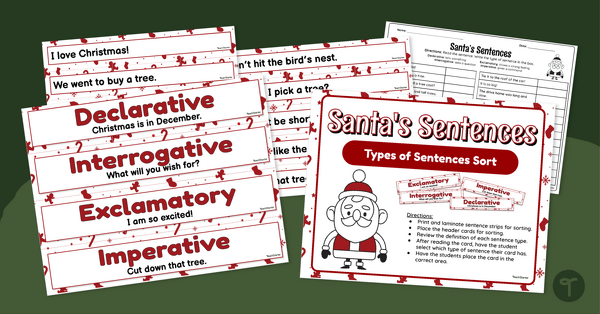
Christmas Activity Printables - Types of Sentences Sort
Help your students identify the four types of sentences with a printable Christmas sorting activity on declarative, interrogative, imperative, and exclamatory sentences.
- Plus Plan
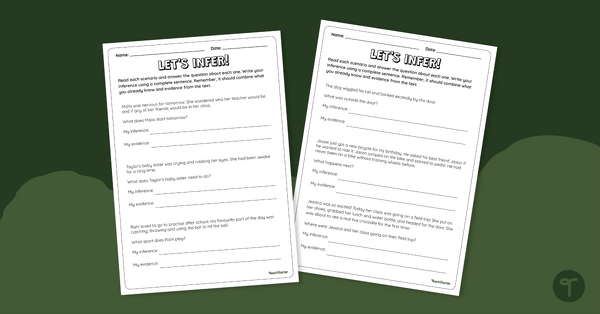
Let's Infer! Reading Worksheet
Boost reading comprehension with our 2-page writing worksheet that helps students practice making inferences.
- Plus Plan
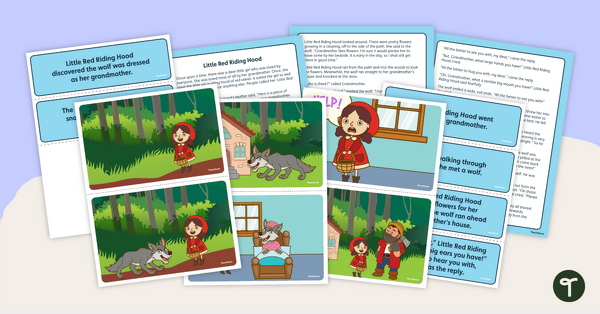
Little Red Riding Hood Retelling Activity Cards
Teach your students about retelling with this set of sequencing cards for Little Red Riding Hood.
- Plus Plan
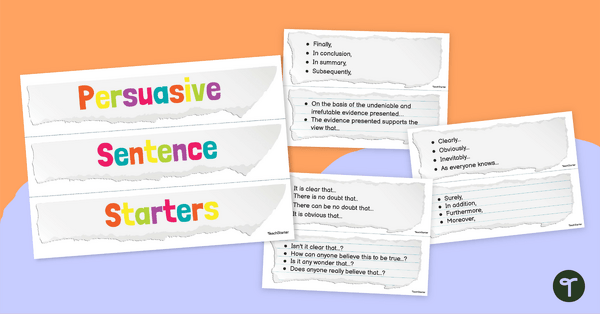
Persuasive Sentence Starters Classroom Display
Help your students begin their persuasive writing with a strong sentence starter.
- Plus Plan
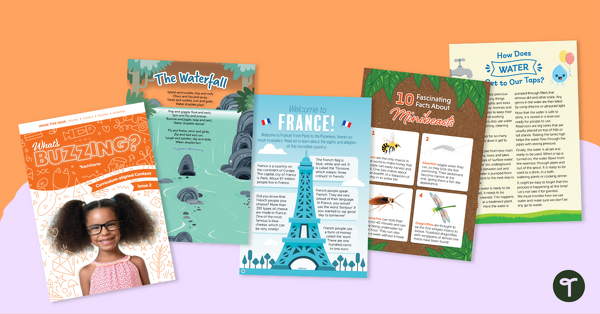
Year 2 Magazine – What’s Buzzing? (Issue 2)
A beautifully designed, 24-page reading magazine specifically designed for Year 2 students.
- Plus Plan
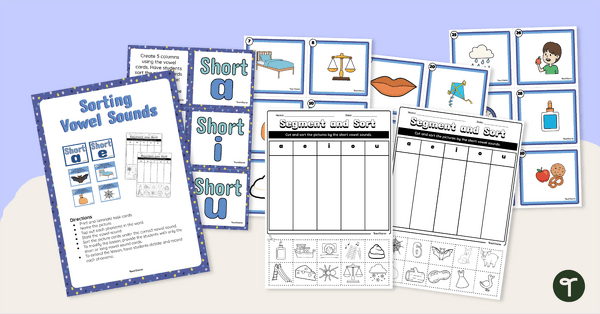
Short and Long Vowels Activity Pack
Segment and sort these words into their short or long vowel sounds.
- Plus Plan

Everyday Opposites - Antonym Game
Have some wordplay fun with an Everyday Opposites domino game!
- Plus Plan

Level 4 Decodable Readers - Worksheet Pack
A set of one-pager worksheet versions of the texts from our Level 4 decodable readers.
- Plus Plan
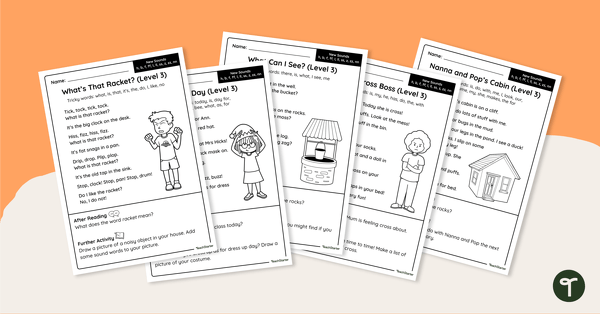
Level 3 Decodable Readers - Worksheet Pack
A set of one-pager worksheet versions of the texts from our Level 3 decodable readers
- Plus Plan
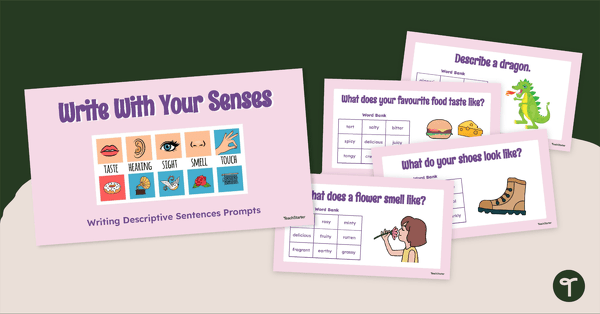
Write With Your Senses: Daily Descriptive Writing Prompts
Inspire your students to write descriptively using our 20 daily descriptive writing prompts slide deck and graphic organiser.
- Plus Plan

First 100 Fry Sight Words – Practice Mat
A hands-on resource to enable your students to practise reading and writing a range of high-frequency words.
- Plus Plan
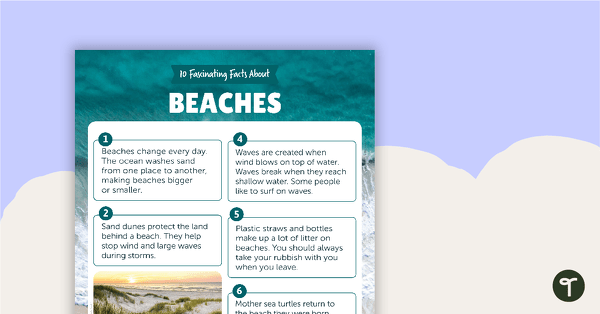
10 Fascinating Facts About Beaches – Comprehension Worksheet
A comprehension worksheet for a magazine article about beaches.
- Plus Plan

Persuasive Writing Worksheet - Would You Rather?
A worksheet for students to use to write an persuasive composition.
- Plus Plan
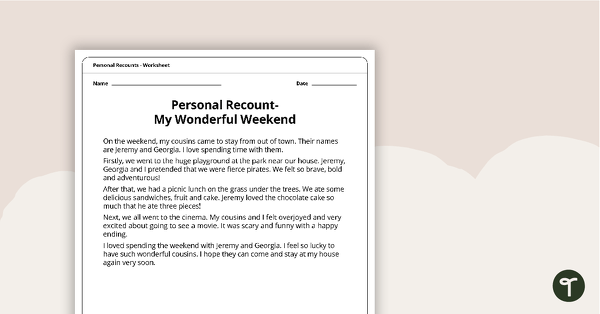
Personal Recounts Worksheet - My Wonderful Weekend
A simple text and worksheet to use when exploring personal recounts.
- Plus Plan
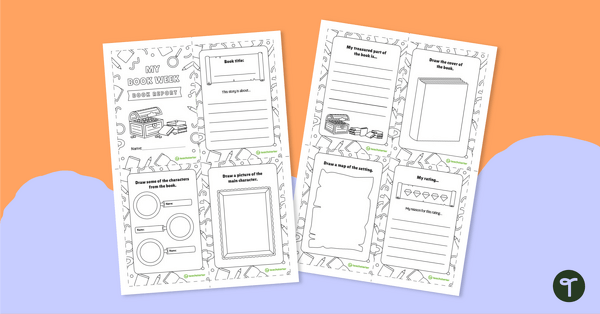
Book Report Mini Book
Have students write about their favourite literature with this fun-sized mini-book.
- Plus Plan
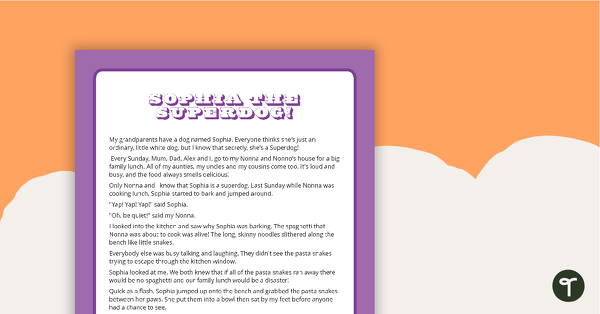
Sophia the Superdog! - Comprehension Text and Questions
A superdog themed text and set of questions to help develop comprehension strategies in the classroom.
- Plus Plan

Exploring and Building Narrative Characters PowerPoint
A 14 slide editable PowerPoint template to use when teaching younger students about how to build a character for a narrative text.